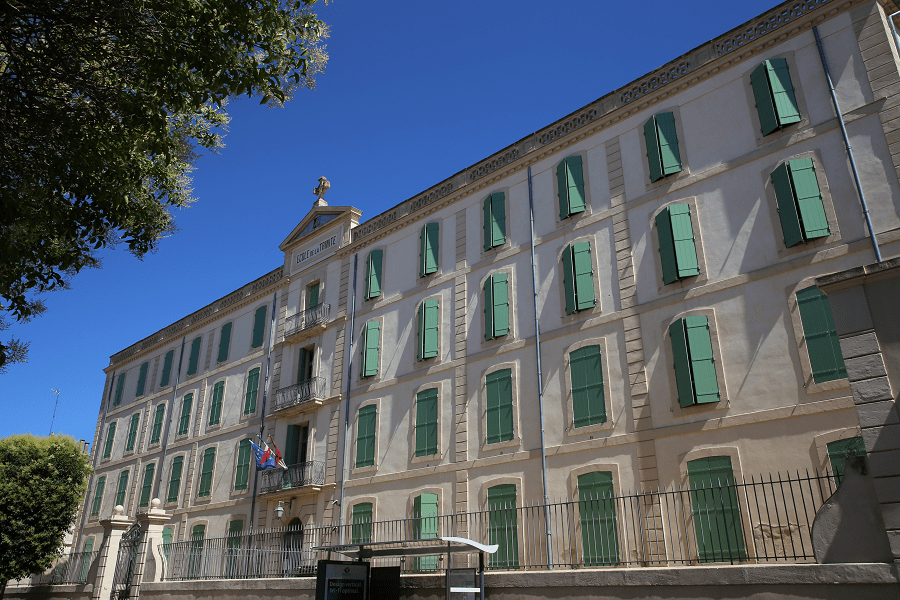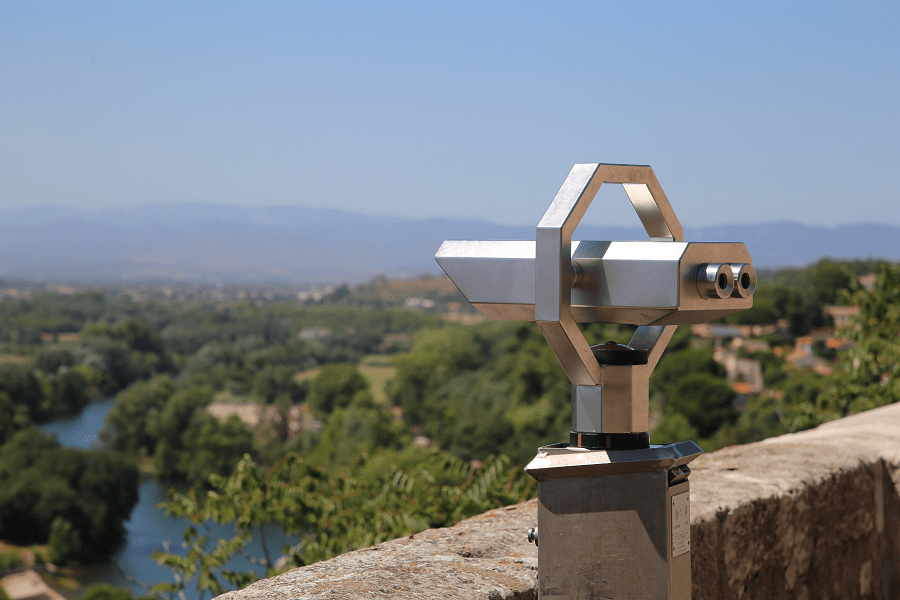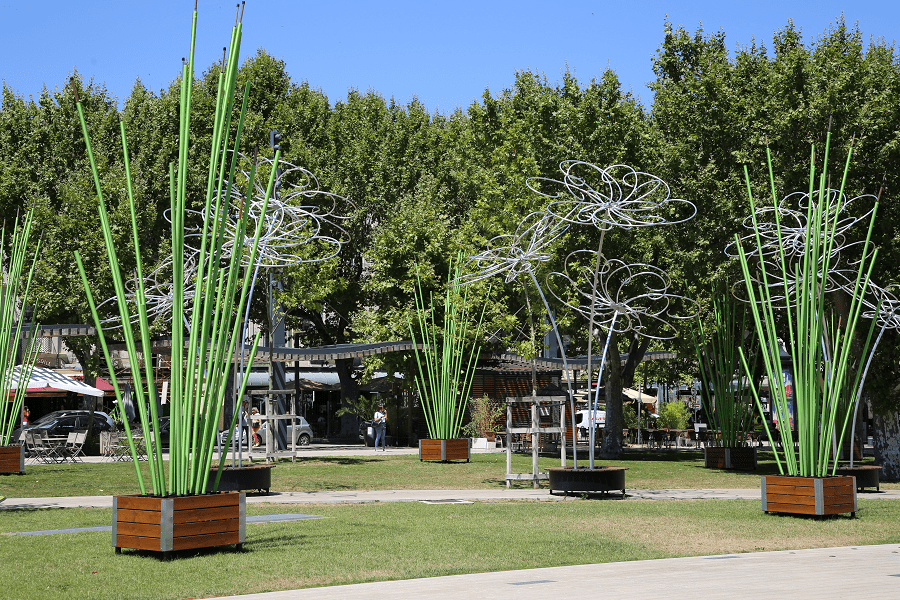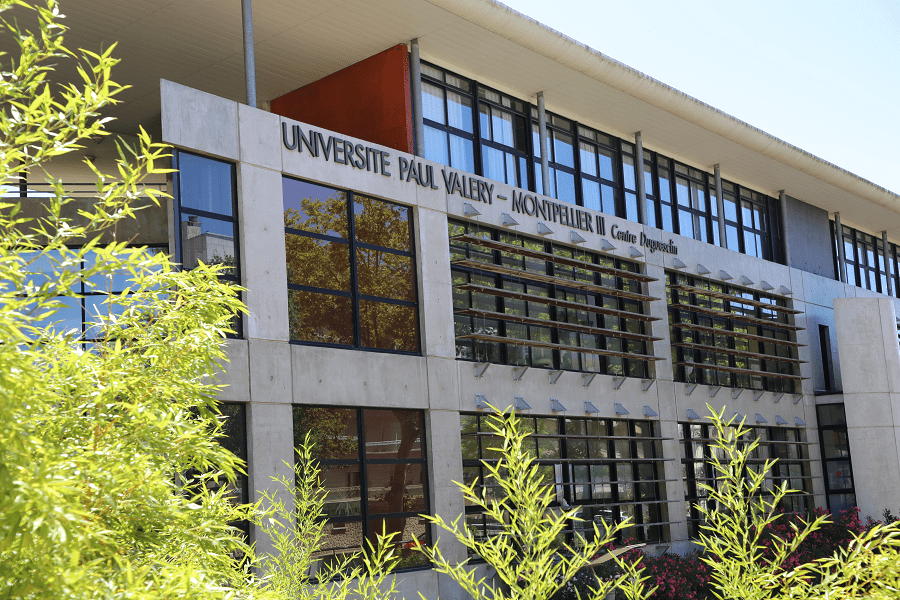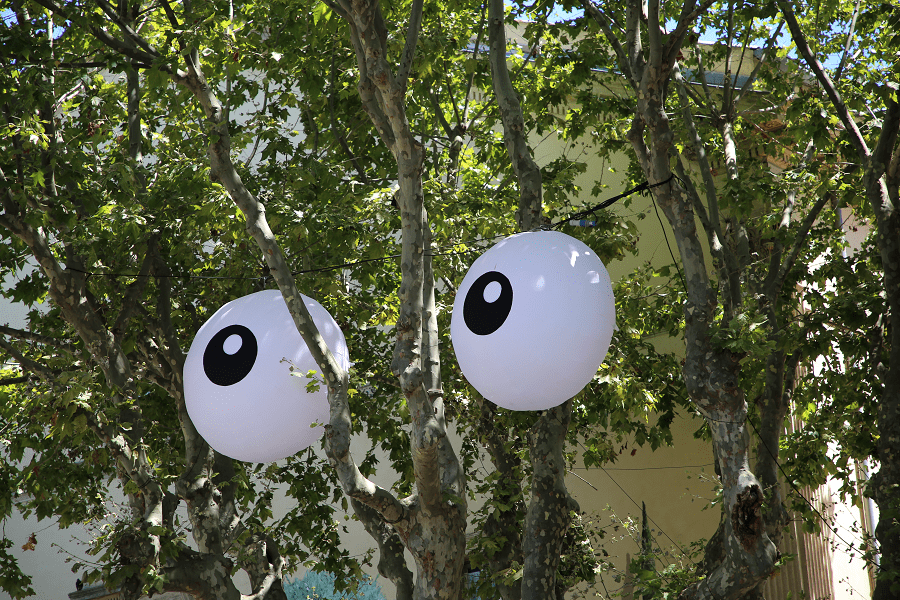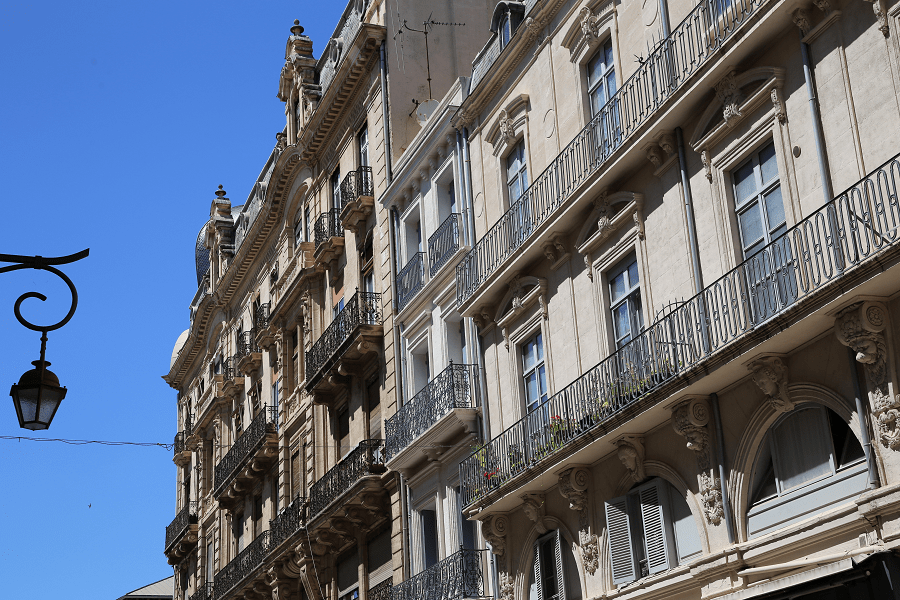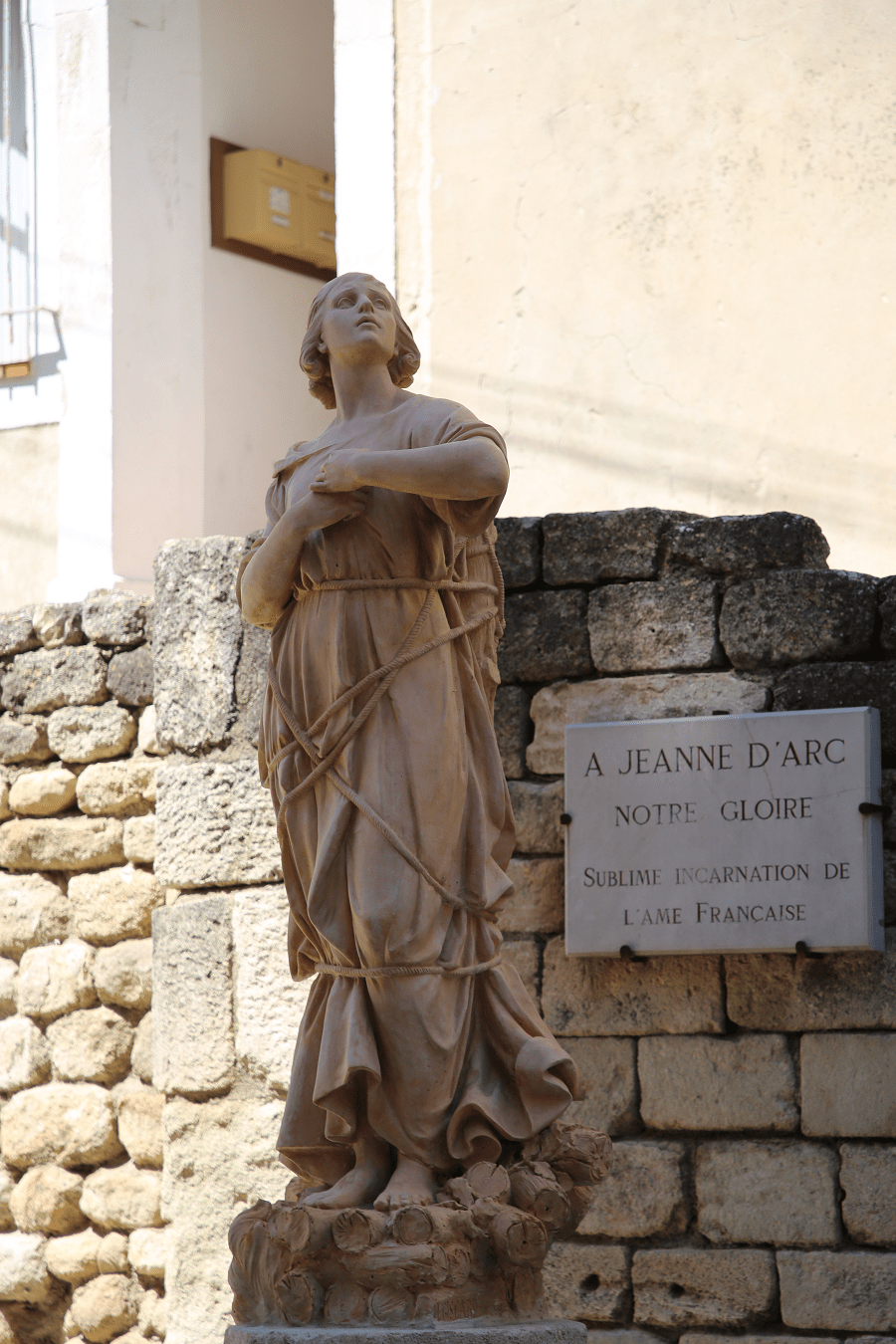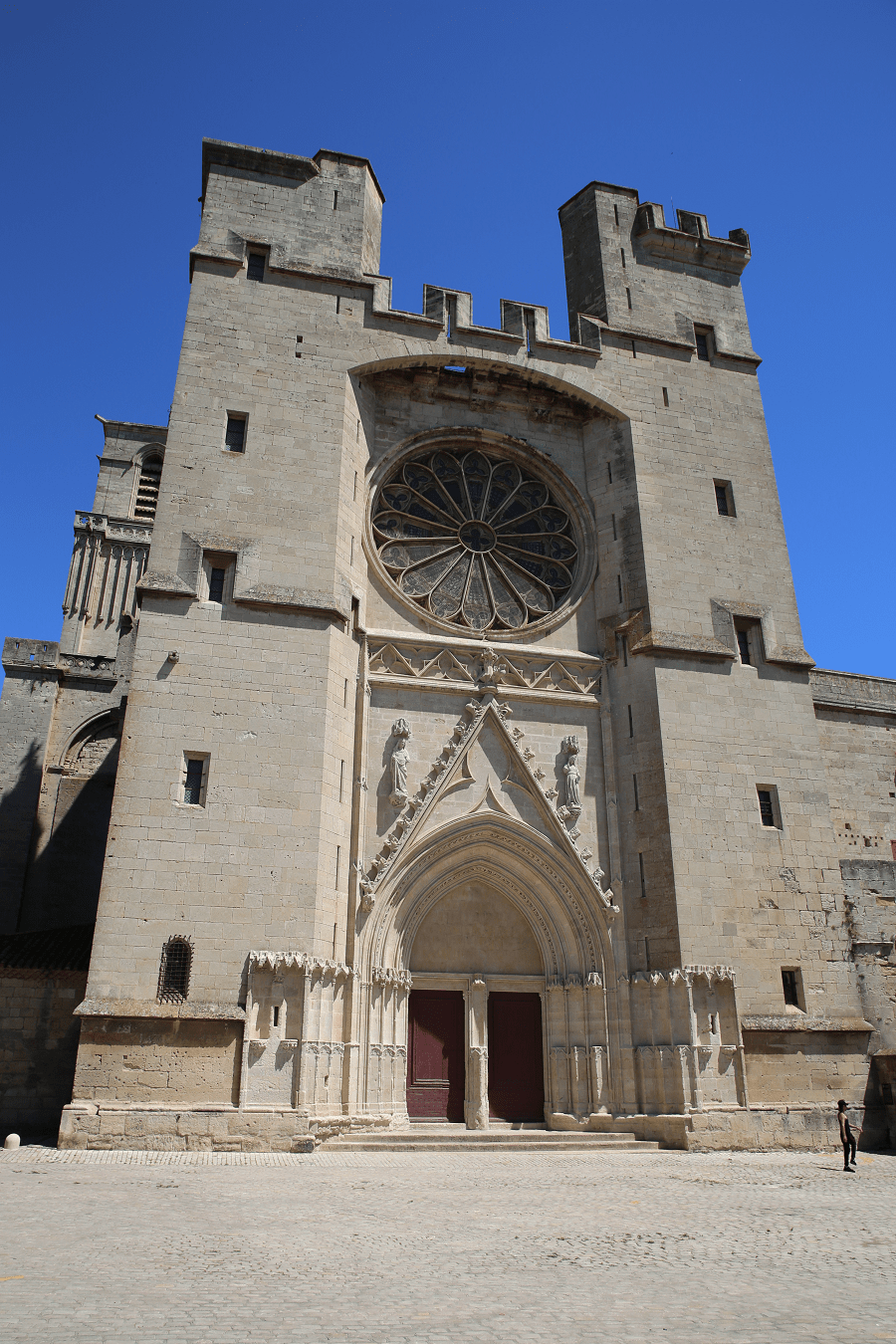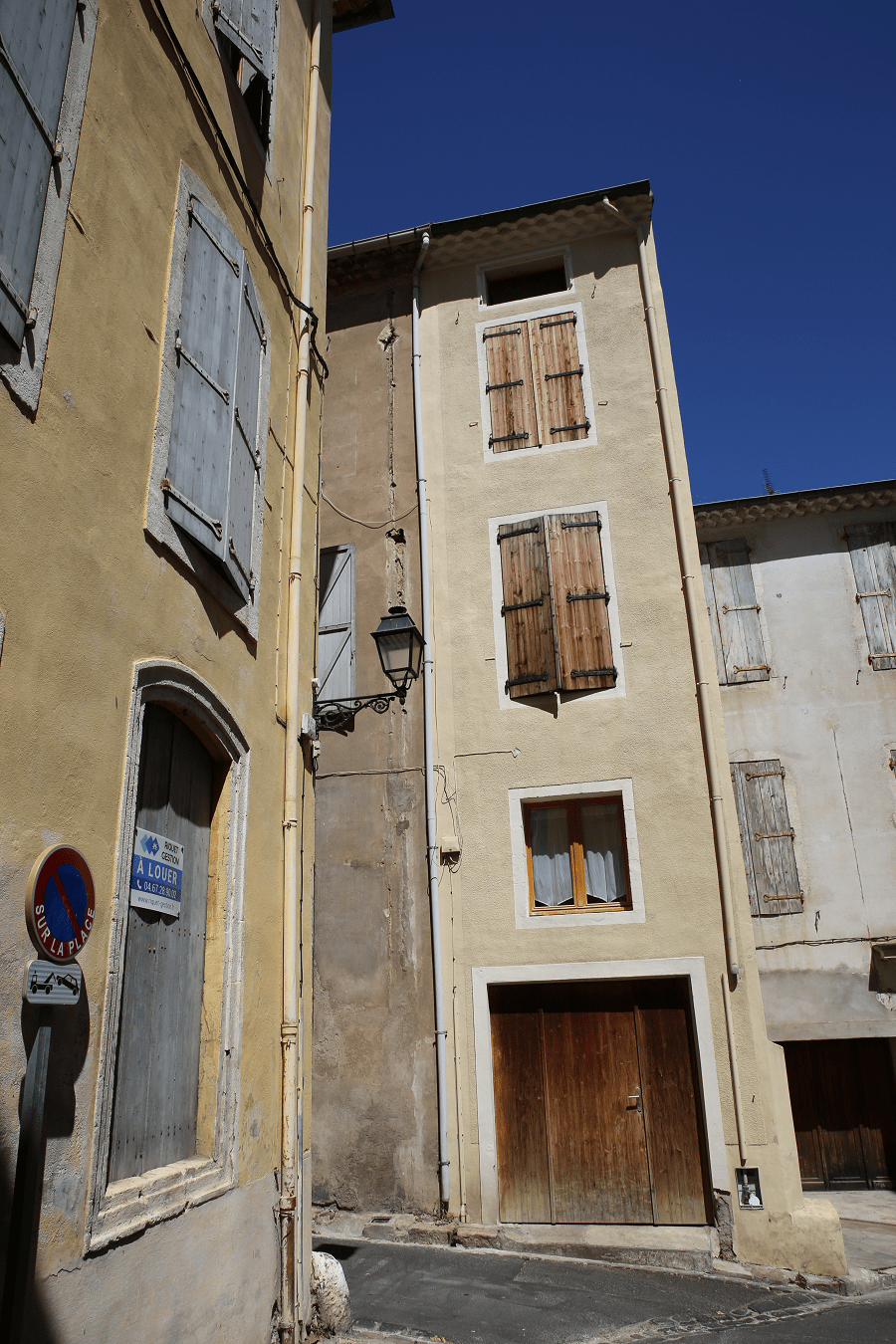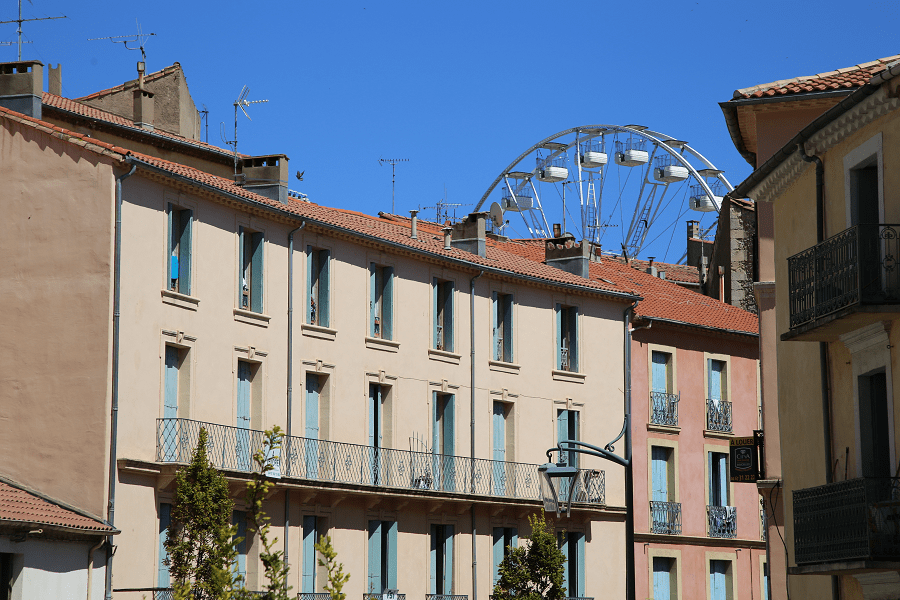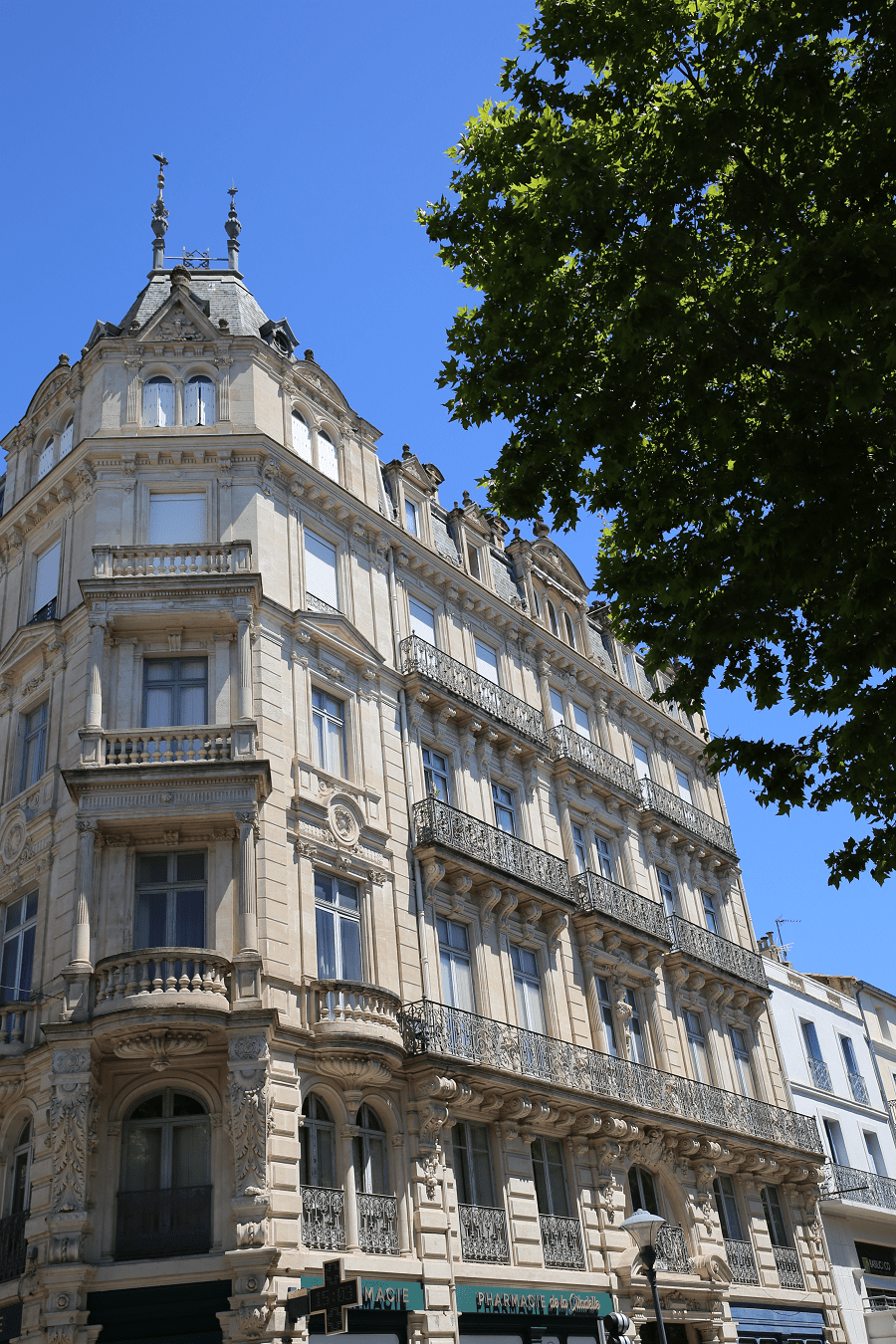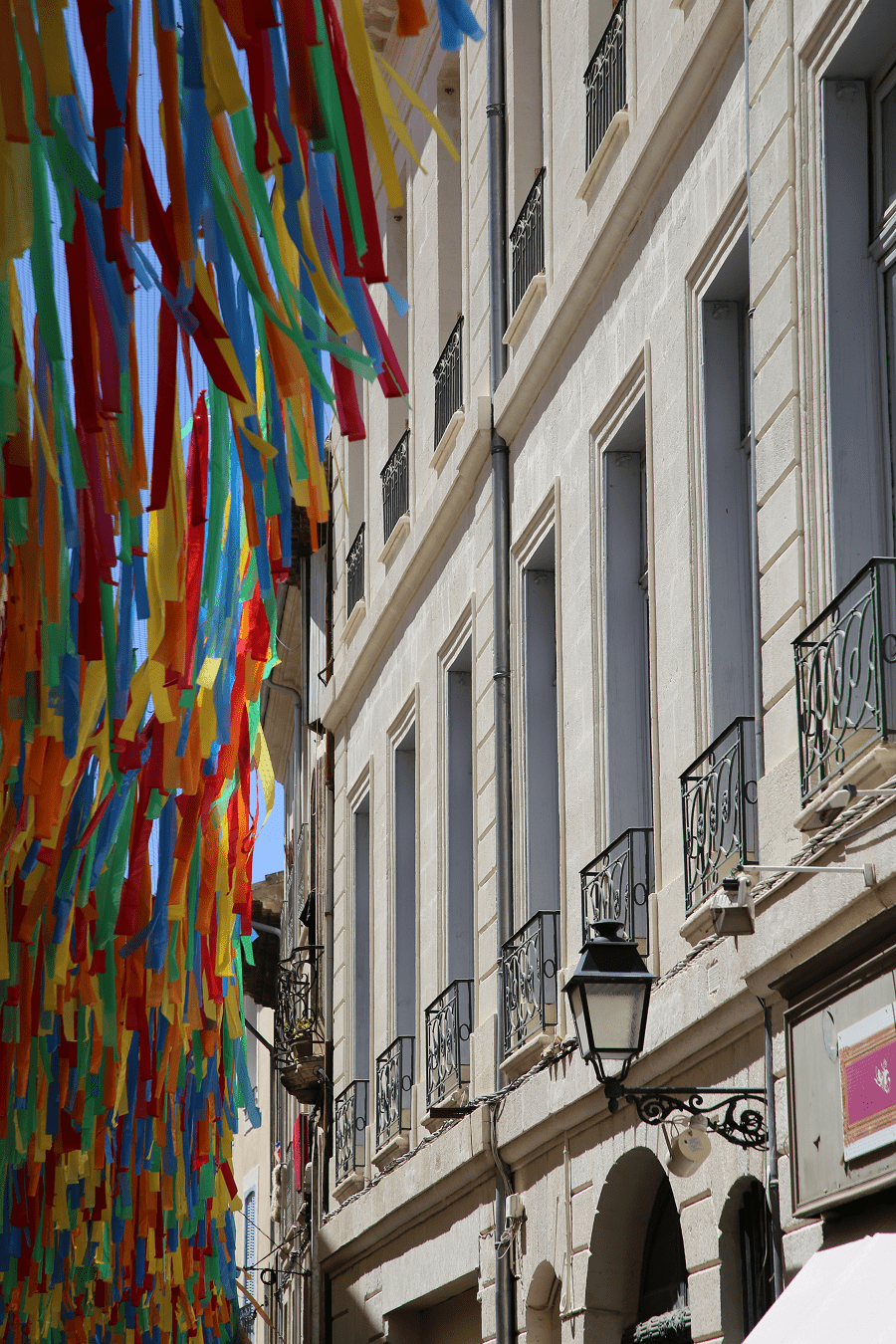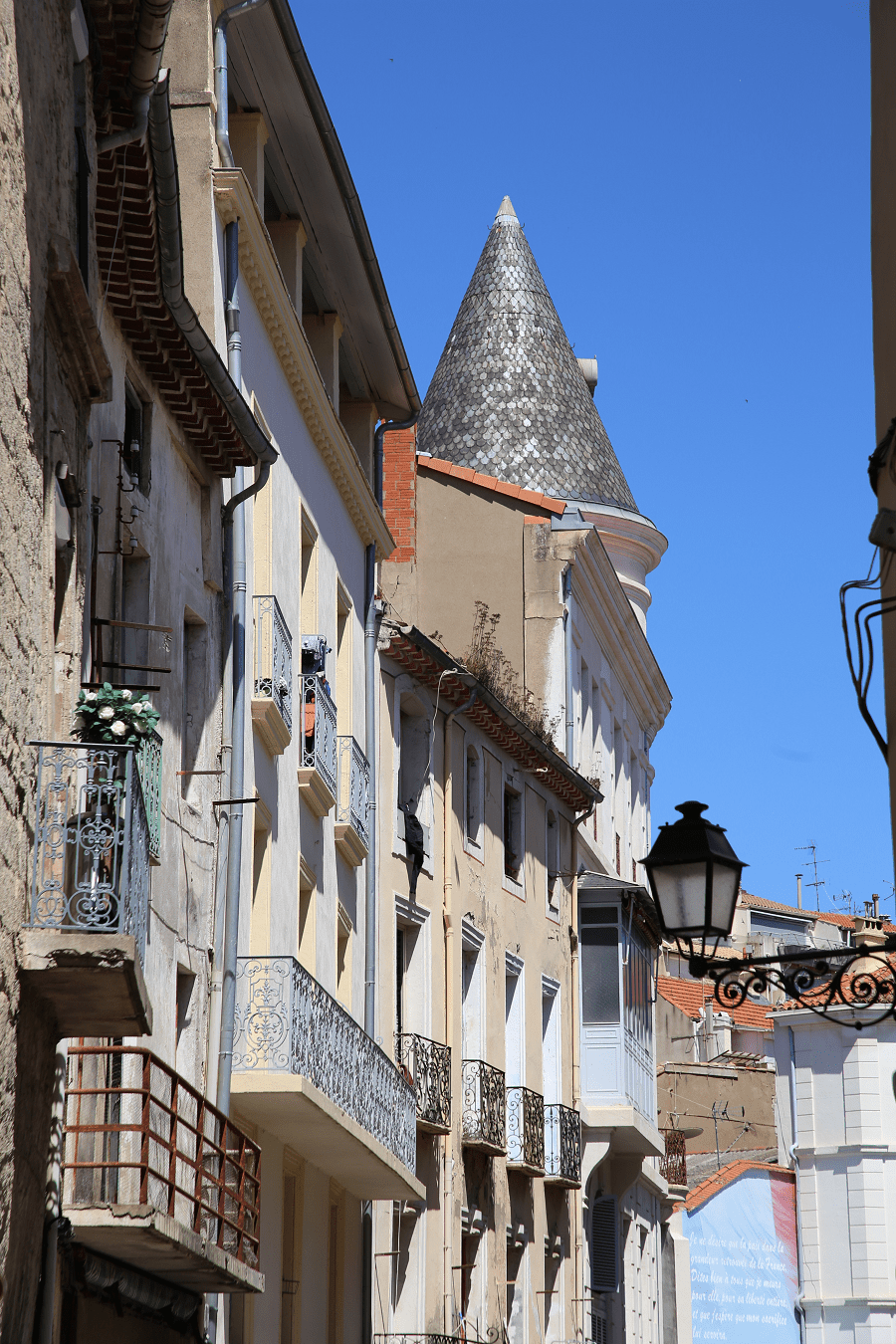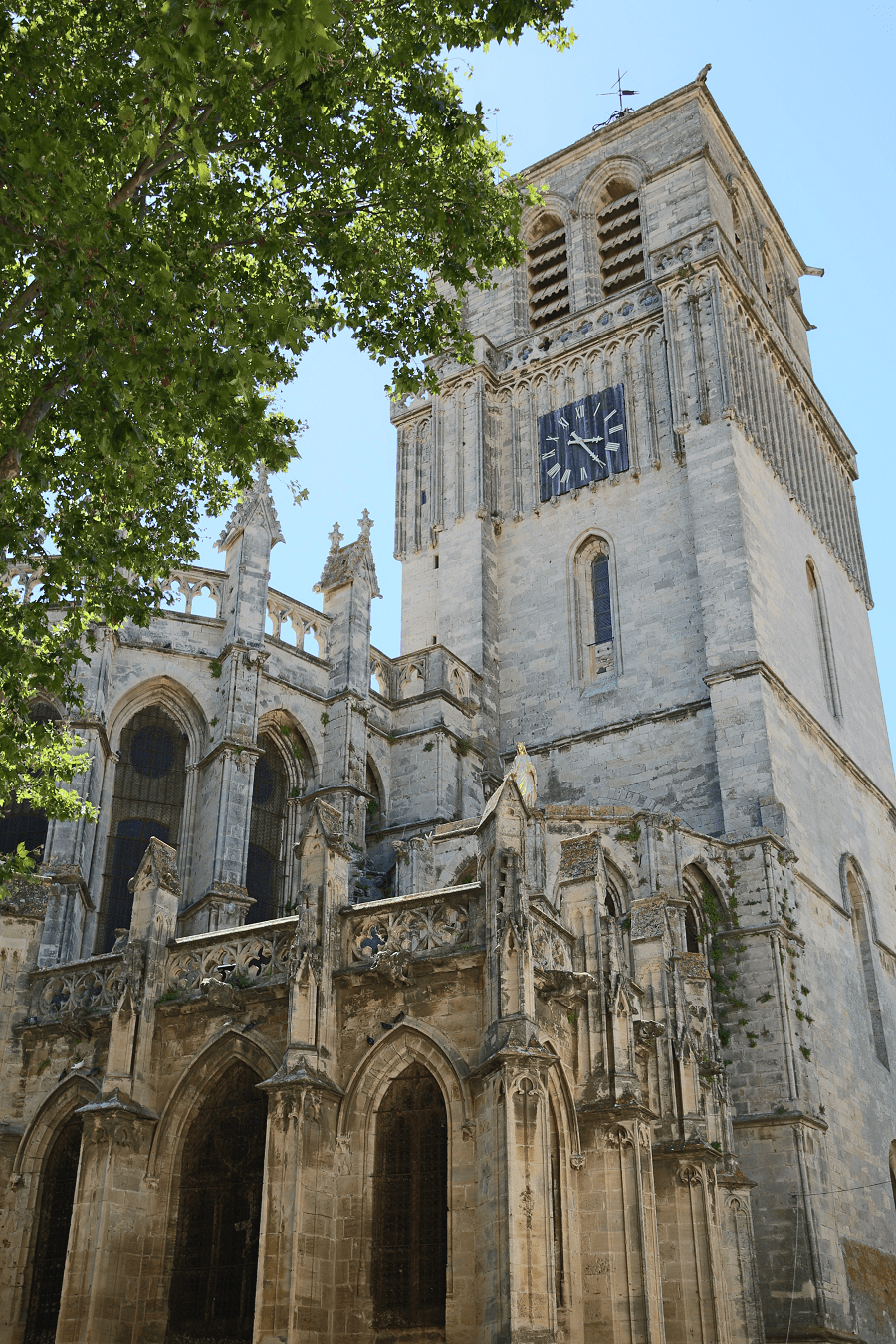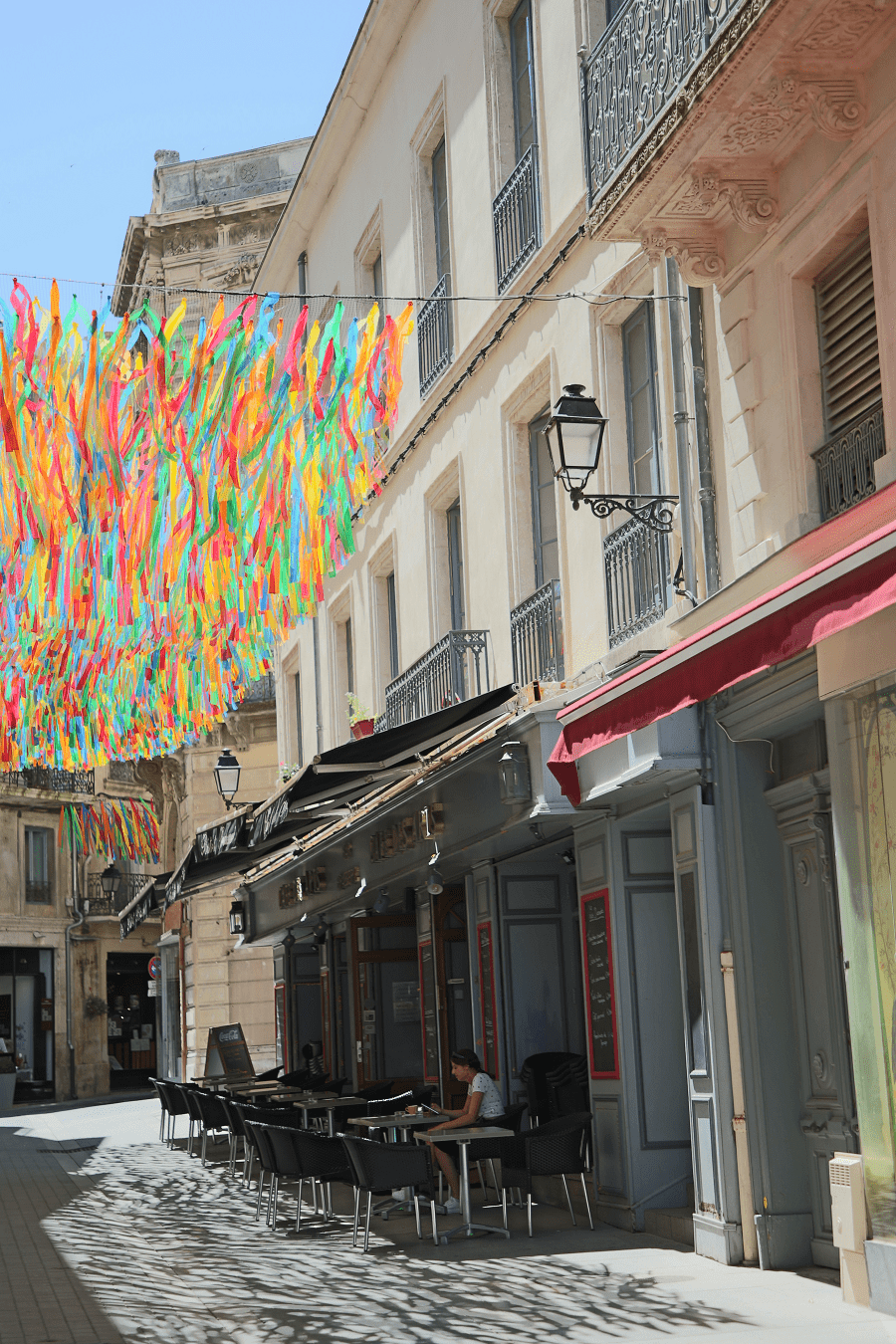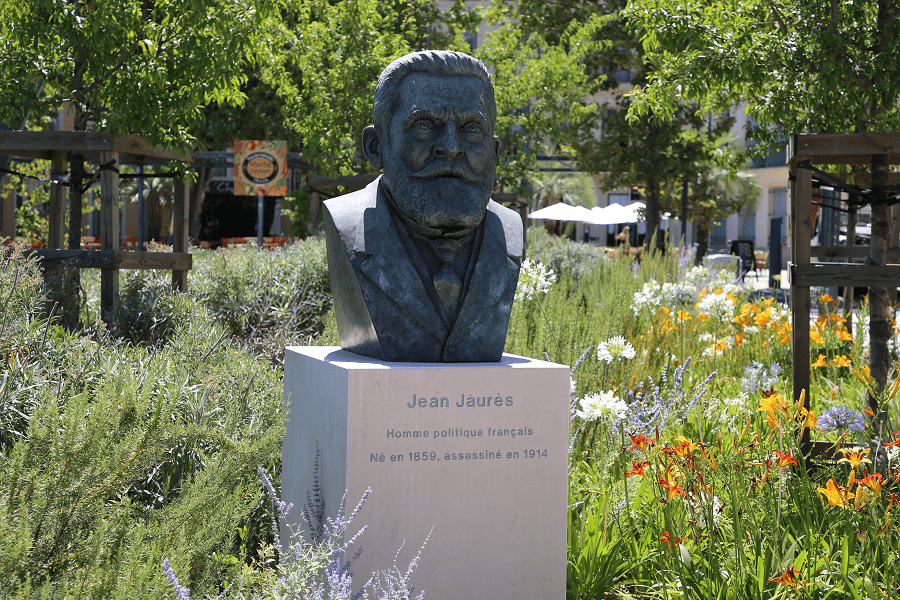Béziers (fr. Béziers, Occitan: Besièrs) is a town and commune in the Occitania region of Southern France; it is a subprefecture of the Hérault department.
Béziers is a member of the Union of French bullfighting cities, as Arles, Bayonne, Dax or Mont-de-Marsan.
Béziers is one of the oldest cities in France. Research published in March 2013 shows that Béziers dates from 575 BC, making it older than Agde (Greek Agathe Tyche, founded in 525 BC) and a bit younger than Marseille (Greek Massalia, founded in 600 BC).
Climate
Béziers has a Mediterranean climate (Csa). The summers are hot and dry and the winters mild with a lot of sun. Béziers is under the influence of two main winds: the tramontane coming from the northwest is a cold and dry wind and blows in the form of strong gusts and clears the sky; the sailor (wind from the sea) is a wind from the south east, it is mild, hot and humid and brings a heavy sky, rain or thunderstorms.
In autumn, the sailor can also cause Cévennes episodes which are characterized by heavy rains. Béziers has an annual sunshine of more than 2,500 hours, thanks to the tramontane which drives away the clouds.
History
Béziers became a Roman colony in 36 BC and formed an important staging post on the Via Domicia, the chariot road which traversed the whole of Languedoc on its way from Rome to Cadiz in southern Spain, developing into an important trade route. Indeed, commerce has been the lifeblood of Béziers for centuries, particularly in wine: the amphora, a container for carrying wine in a ship’s hold, was invented by the town’s winegrowers.
During the thirteenth century the town witnessed one of the worst massacres in the region—20,000 people were put to death during the crusade against the Cathars, many of whom had sought refuge in Bézier’s churches: Cathars and Catholics alike were slaughtered indiscriminately on the orders of a papal legate who believed God would recognise his own.
Tourism, sights and main attractions
Catholic Churches
- Saint-Nazaire cathedral
- The Romanesque Saint-Jacques church
- Saint-Aphrodise basilica
- The church of the Madeleine
- Saint-Jude church, 19th century
- The Church of the Immaculate Conception
- The Church of the Holy Family
- The Saint-Félix church in Bayssan
- The Saint-Pie X church
- The Bon Pasteur neo-Gothic church or chapel
- The chapel of the Notre-Dame garden (18th century)
- The chapel of the Blue Penitents (18th century)
- The chapel of Saint-Jean d’Aureilhan (12th)
- The Notre-Dame-de-Badones chapel
Islam churches
Mosquée Ar-Rahma de Béziers
Environmental heritage
- The locks of Fonserannes
- The Saint-Jean-d’Aureilhan estate, a neo-Gothic tower (19th century)
- The Poets’ Plateau: this vast English park laid out by the landscapers Denis and Eugène Bühler and opened in 1867, brings together many statues of poets and the monumental “statue-waterfall” of the Titan by Injalbert; it connects the station to the Paul-Riquet alleys where the large bronze statue of the brilliant creator of the Canal du Midi (Pierre-Paul Riquet) is located by the sculptor David d’Angers, who also produced the bas reliefs that adorn the neo facade -classic of the municipal Italian theater at the top of these same alleys (1844).
- The Plantade garden-promenade
- The medieval garden of Saint-Jean-des-Anneaux
- Tabarka Island, on the Orb
- The domain of Saint-Jean-d’Aureilhan
- The Bayssan area (West exit)
- The IDRACA domain
Civil architecture
The arenas: Béziers has two arenas: one dating from Roman times, whose structures and foundations are rehabilitated after long works, located in the Saint-Jacques district, and the other built in 1897 on the model of the Spanish arenas by Fayot, Glaize and Sautet. These are the largest arenas of this type in France (13,100 seats). Artists passing through the city produce concerts and bullfights are organized during the August Feria festivities
- The Vieux bridge over the Orb (Middle Ages)
- The Old cemetery, a cemetery created in the 18th century, a veritable open-air museum with numerous tombs, works by Biterrois sculptors such as Jean Magrou or Injalbert
- The Canal du Midi XVII
- The canal bridge, mid 19th century
- The locks of Fonserannes, mid 17th century
- Lycée Henri-IV (Béziers): Royal College (1598) by letters patent from the king, it was held by the Jesuits until the Revolution. Its imposing buildings in cut stone are classified as Historic Monuments
- The large Baltard style halls (late 19th century)
- The hotel of the sub-prefecture is the work in 1953 of the architect Adolphe Thiers
- Château de la Dragonne, property of the Fayet family
Museums
- The Museum of Fine Arts in the Fabrégat and Fayet mansions, exhibits sculptures by Jean-Antoine Injalbert, drawings and art collection by Jean Moulin, as well as paintings by Hans Holbein, Sébastien Bourdon, Théodore Géricault, Vincent van Gogh, Chaïm Soutine, Henri Goetz.
- Museum of Biterrois and the Natural History Museum, housed in the former Saint-Jacques buildings, present collections on Biteroise life and the regional natural environment.
- The Bullfighting Museum of Béziers presents the complete series of prints by Francisco de Goya La Tauromaquia, costumes, posters, paintings. A permanent exhibition highlighting the key elements of bullfighting culture with a core collection from the Union Taurine Biterroise (Béziers Bullfighting Union) and a temporary exhibition space.
Cultural places
- Media Library Andre-Malraux (MAM)
- The inter-regional center of Occitan development – Mediatèca occitana (CIRDOC), a public media library
Food, cuisine, restaurants
There are more than 10 restaurants of a fairly high quality in the city. Mostly located within the borders of the Old Town.
There are 4 Michelin list restaurants in the city:
- L’Alter-Native, 12 rue Boieldieu, Modern Cuisine, Seafood (1 star)
- Pica Pica, 20 boulevard Jean-Jaurès, Mediterranean Cuisine
- L’Ambassade, 22 boulevard de Verdun, Modern Cuisine
- La Maison de Petit Pierre, 22 avenue Pierre-Verdier, Modern Cuisine
Shopping
Shopping in Béziers is not a priority on the tourist program.
How to get to?
The A9 autoroute between Italy and Spain skirts Béziers. The final link in the A75 autoroute between Pézenas and the A9 was completed in December 2010 and provides direct links to Clermont-Ferrand and Paris.
The Gare de Béziers is a railway station with connections to Toulouse, Montpellier, Bordeaux, Marseille, Paris, Barcelona and several regional destinations. TGV trains stop in Béziers, but the tracks between Montpellier and Spain are not yet high speed tracks.
Shortest distance by car from the nearest French cities:
From Paris (tolls): 7 hr 27 min (757 km) via A71 and A75
From Menton (tolls): 4 h 11 min (420 km) via A8
From Beaulieu-sur-Mer (tolls): 4 h 9 min (399 km) via A8 and A9
From Villefranche-sur-Mer (tolls): 4 h 9 min (397 km) via A8 and A9
From Nice (tolls): 3 h 55 min (390 km) via A8 and A9
From Cagnes-sur-Mer (tolls): 3 h 38 min (378 km) via A8 and A9
From Antibes (tolls): 3 h 43 min (375 km) via A8 and A9
From Cannes (tolls): 3 h 37 min (363 km) via A8 and A9
From Mandelieu-La Napoule (tolls): 3 h 18 min (354 km) via A8 and A9
From Fréjus (tolls): 3 h 13 min (331 km) via A8 and A9
From Saint-Raphaël (tolls): 3 h 19 min (334 km) via A8 and A9
From Sainte-Maxime (tolls): 3 h 18 min (335 km) via A8 and A9
From Saint-Tropez (tolls): 3 h 33 min (336 km) via A8 and A9
From Cavalaire-sur-Mer (tolls): 3 h 42 min (341 km) via A8 and A9
From Toulon (tolls): 2 h 55 min (297 km) via A9
From Aix-en-Provence (tolls): 2 h 17 min (221 km) via A9
From Nîmes (tolls): 1 h 25 min (120 km) via A9
From Marseille (tolls): 2 h 22 min (233 km) via A9
From Avignon (tolls): 1 h 42 min (159 km) via A9
From Montpellier (tolls): 1 h 1 min (71.7 km) via A9
From Sète: 47 min (56.6 km) via A9
From Agde: 29 min (24.5 km) via D612
From Pézenas: 24 min (24.7 km) via A75
From Perpignan (tolls): 1 h 2 min (95.5 km) via A9
From Argelès-sur-Mer (tolls): 1 h 22 min (123 km) via A9
From Collioure (tolls): 1 h 27 min (130 km) via A9
From Narbonne (tolls): 33 min (35.0 km) via A9
From La Baule-Escoublac (tolls): 7 h 51 min (842 km) via A62
From Saint-Nazaire (tolls): 7 h 47 min (828 km) via A62
From Nantes (tolls): 7 h 1 min (764 km) via A62
From Saumur (tolls): 6 h 52 min (732 km) via A71 and A75
From Les Sables-d’Olonne (tolls): 6 h 58 min (752 km) via A62
From Cognac (tolls): 5 h 18 min (539 km) via A62 and A61
From Angoulême (tolls): 5 h 18 min (537 km) via A62 and A61
From Eauze (tolls): 3 h 31 min (311 km) via A61
From La Rochelle (tolls): 5 h 36 min (601 km) via A62
From Rochefort (tolls): 5 h 21 min (573 km) via A62 and A61
From Saintes (tolls): 5 h 9 min (537 km) via A62 and A61
From Arcachon (tolls): 4 h 32 min (475 km) via A62 and A61
From Royan (tolls): 5 h 22 min (541 km) via A62 and A61
From Biarritz (tolls): 4 h 36 min (483 km) via A64 and A61
From Saint-Jean-de-Luz (tolls): 4 h 39 min (489 km) via A64 and A61
From Bayonne (tolls): 4 h 26 min (471 km) via A64 and A61
From Dax (tolls): 1 h 37 min (155 km) via A61
From Lourdes (tolls): 3 h 27 min (349 km) via A64 and A61
From Pau (tolls): 3 h 41 min (366 km) via A64 and A61
From Périgueux (tolls): 4 h 26 min (457 km) via A20 and A61
From Bordeaux (tolls): 4 h 11 min (423 km) via A62 and A61
From Toulouse (tolls): 1 h 57 min (181 km) via A61
From Carcassonne (tolls): 1 h 6 min (90.5 km) via A61 and A9
Shortest distance by car from the European cities:
From Monaco (tolls): 4 h 4 min (411 km) via A8 and A9
From Andorra (tolls): 3 h 43 min (271 km) via A61
From Barcelona (tolls): 3 hr (282 km) via AP-7 and A9
From Madrid (tolls): 8 hr 42 min (886 km) via A-2
From Moscow (tolls): 36 hr (3,338 km) via E30/M1
From Belgrade (tolls): 17 hr 39 min (1,716 km) via E70
From Istanbul (tolls): 28 hr (2,665 km) via E70
From Bern (tolls): 6 hr 38 min (671 km) via A1
Béziers Cap d’Agde Airport provides connections to destinations in northern Europe. Following an extension to the runway which was completed in March 2007, Ryanair began flights to and from Bristol Airport in March 2008, and later to London Stansted and London Luton Airport.
Main information
Area: 95.5 sq. km
Population: 77 177
Languages: French
Currency: euro
Visa: Schengen
Time: Central European UTC +1
Coordinates: 43°20′51″N 3°13′08″E
See here Pyrenees travel guide
See here France travel guide
See here Spain travel guide





